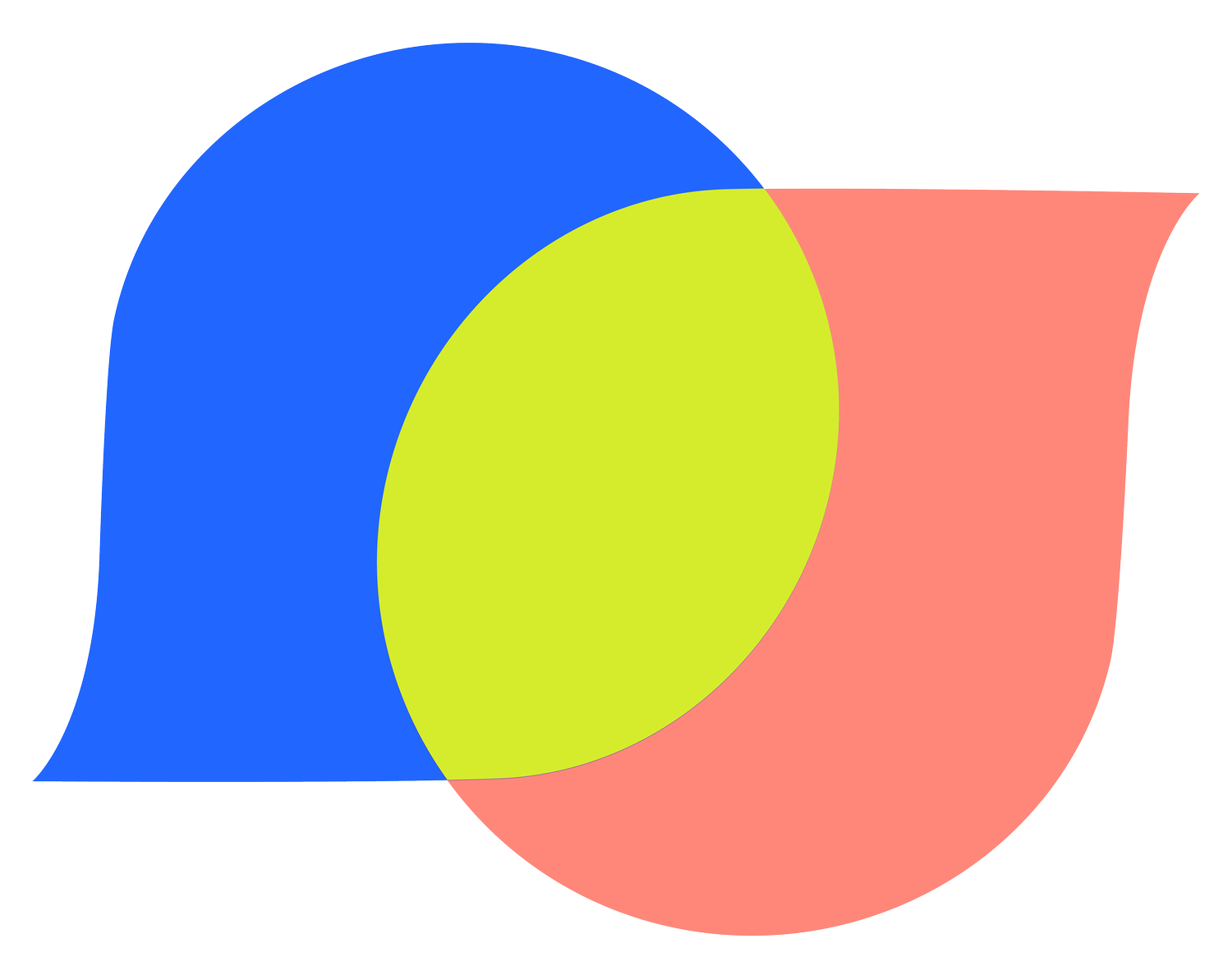Language Does More: Created by Human Intelligence
Love it or hate it, AI has become a common, accessible tool that anyone can use. Artificial Intelligence collects data from the sources it has access to, and can be used to create all sorts of media, from visual art, images, or video, to essays, stories, or poems. As impressive and convenient as it may be, AI, in many ways, is growing more rapidly than we are able to keep up with, and has raised many ethical questions about how and when it should be used, particularly in the fields of art and language.
The “Created by Human Intelligence” movement has been created to directly combat media created by AI. If you’ve ever seen any AI generated images, some of them are exceedingly obvious that they are not real. The subject of the photo often looks glossy, if there is a human in the frame then it’s likely that there are a few too many or too few fingers on their hand, or the proportions might be off entirely. However, there are many instances where AI generated art looks convincingly human, or the individual viewing it might not be aware of the differences between AI and human generated art. This is where the importance of the “Created by Human Intelligence” movement comes in: to raise awareness to the increasing use of AI generated media, as well as to discourage its use in art and language. By its very nature, AI cannot use emotions to create in the same way a person can. AI creates things based on data, but does not make things that are personal to the human experience. Despite its convenience, AI cannot produce the same quality of art as a person can.
Linguist, Noam Chomsky famously called generative AI, “plagiarism software because it doesn’t create anything, but copies existing works of existing artists modifying them enough to escape copyright laws.”
That being said, how do we handle writing produced by AI in a business? Afterall, does it matter whether an email was written from a unique, creative human brain, or simple formed by data scraped off the web? How does a sentence written by AI differ from a sentence written by a person, anyway?
One of the biggest pros in using AI for writing is to quickly write surface level information about a broad range of topics. AI can take a lot of information and condense it into writing that covers the major points that someone should know about a certain topic. However, when it comes to more specific information, or newer, less well known information, AI has a hard time coming up with writing that can accurately convey what needs to be said. As explained by Chris Anson from North Carolina State University: “It is possible for a writer to auto-generate a text, evaluate whether it reflects the writer’s thoughts or intentions, and then revise the text as needed. But this process doesn’t work for many genres such as explanations of scientific processes or historical accounts because the writer is relying on the machine to provide information they don’t yet know.” Because AI can only do things based on data that it already has access to, it is limited in its ability to write about new information when there is very little existing writing done on those topics.
Similarly, Anson also explains: “Machine-generated writing may lead to a homogenization of writing style…” In other words, AI generated text will sound largely the same because it will be all in the same style. Human creativity, however, can write in all sorts of styles, or even make up new ones, making AI written language less interesting or engaging to read. This issue has been explored in fiction writing, as discussed by Daphne Ippolito’s research. In her paper, she examines how AI writes fiction, and if it can be used either on its own, or in conjunction with a human writer to create a compelling story. In summary, the human writers were better able to encapsulate emotions and character development throughout the story, as well as create more interesting plots overall than the AI was able to.
And so the reality that individuals and businesses have to face is this: AI is not creative. It cannot think or innovate. And if your employees over-use AI to generate emails, ideas, or narratives - then they will stop thinking and innovating as well.

